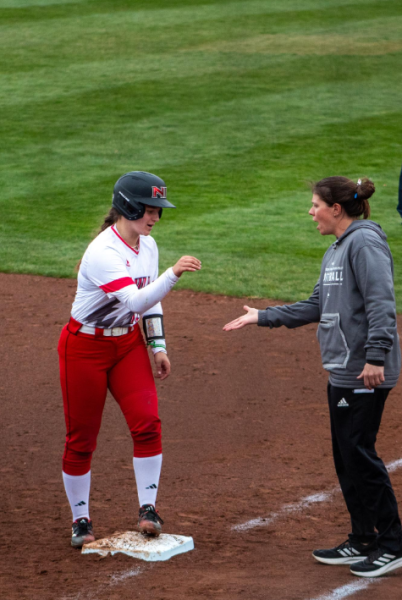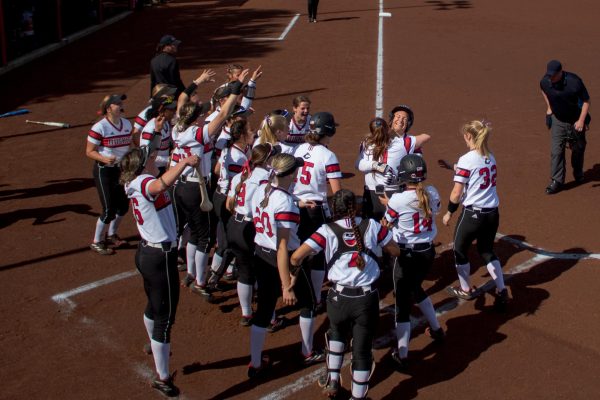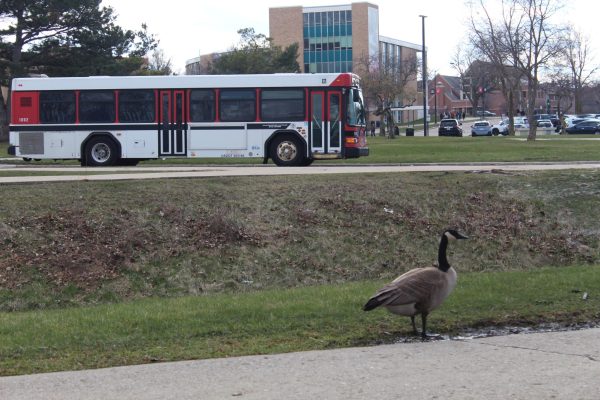CHANCE program aims to help students succeed
May 6, 2012
Keylan Grimes didn’t want to go to community college after high school. He wanted to attend university.
“I wanted to grow among other students,” said the freshman business administration major.
Grimes such an opportunity through the Counseling, Help and Assistance Necessary for a College Education program (CHANCE).
CHANCE is an alternative admissions program for incoming freshmen with low ACT scores from targeted high schools and other students who do not meet NIU’s admissions criteria. The program is for students who desire to get a university education, said former CHANCE Director Leroy Mitchell.
Grimes said he thinks all students in the program can do well academically, but some are not good test takers or need more help than they received in high school. Grimes said he was not proficient at math, but tutoring sessions offered by CHANCE helped him, as did tutoring for writing papers.
Recently, members of the Student Association (SA) have pointed out problems with racism aimed at the CHANCE program.
According to a March 18 Northern Star article, SA Senate Speaker Austin Quick said terms like “CHANCE student” are used to make reference to black students. According to a March 28 Northern Star article, Quick said after a Feb. 19, 2010, residence hall shooting, people assumed the assailant was a person of color and were “up in arms” with the CHANCE Program. The assailant turned out to not be a CHANCE student.
Mitchell said during his time as director, any time a shooting happened on campus, people assumed it was done by a CHANCE student.
“Notice the shootings that occurred on campus, none of them were done by CHANCE students,” Mitchell said.
Grimes said he hasn’t endured any racism as a CHANCE student and a shooting could happen to anybody.
The students who populate the program are predominately black and Hispanic. Out of 430 CHANCE students in fall 2011, 303 were black, 85 were Hispanic, 17 were white and three were Asian-American, according to information from Joan Laurino, assistant to the vice president for university relations.
The program receives a lot of black and Hispanic students because they come from low-income areas where school districts do not offer the best education, Mitchell said. These students didn’t choose to be born where the schools and teachers are not the best, he said.
“Do they need to be penalized all their lives because of where they were born?” Mitchell said.
The program was a sizable investment, he said. Mitchell said he reminded people and legislators many CHANCE students come from backgrounds of public aid and a university education would enable them to become tax payers.
“Wouldn’t you prefer that more than supporting these families for the rest of their lives?” Mitchell said.
The selection process for students to be a part of CHANCE is more strict than most people realized, Mitchell said, and at one point, the program had 2,500 applicants.
Students are not selected by race, Mitchell said. The applicants are interviewed and tested. The program checks if students have taken college-oriented English, math and science, Mitchell said. According to the CHANCE website, applicants must submit a personal statement about their goals and career interests.
Grimes said when he applied, he had to take a few tests in math, English, reading and speech to see if he could join the program.
Developmental courses for the students are available freshmen year only; after that, CHANCE students have to take classes with everyone else.
The graduation rate for CHANCE students was not perfect, he said. Data for the fall 2011 and spring 2012 graduation rate among CHANCE students does not exist, according to Laurino.
He said not every CHANCE student who leaves the university has failed out. Sometimes, they may leave because of finances or family problems, he said. Sometimes a student may leave because they transfer to another school and graduate.
When Mitchell came to the program in 1980, the university funded the program out through its general revenue, he said.
“Most people don’t want these kids, and if they do take them, they don’t want to take 500 of them,” Mitchell said.
Current CHANCE Director Denise Hayman declined to comment on the program.













